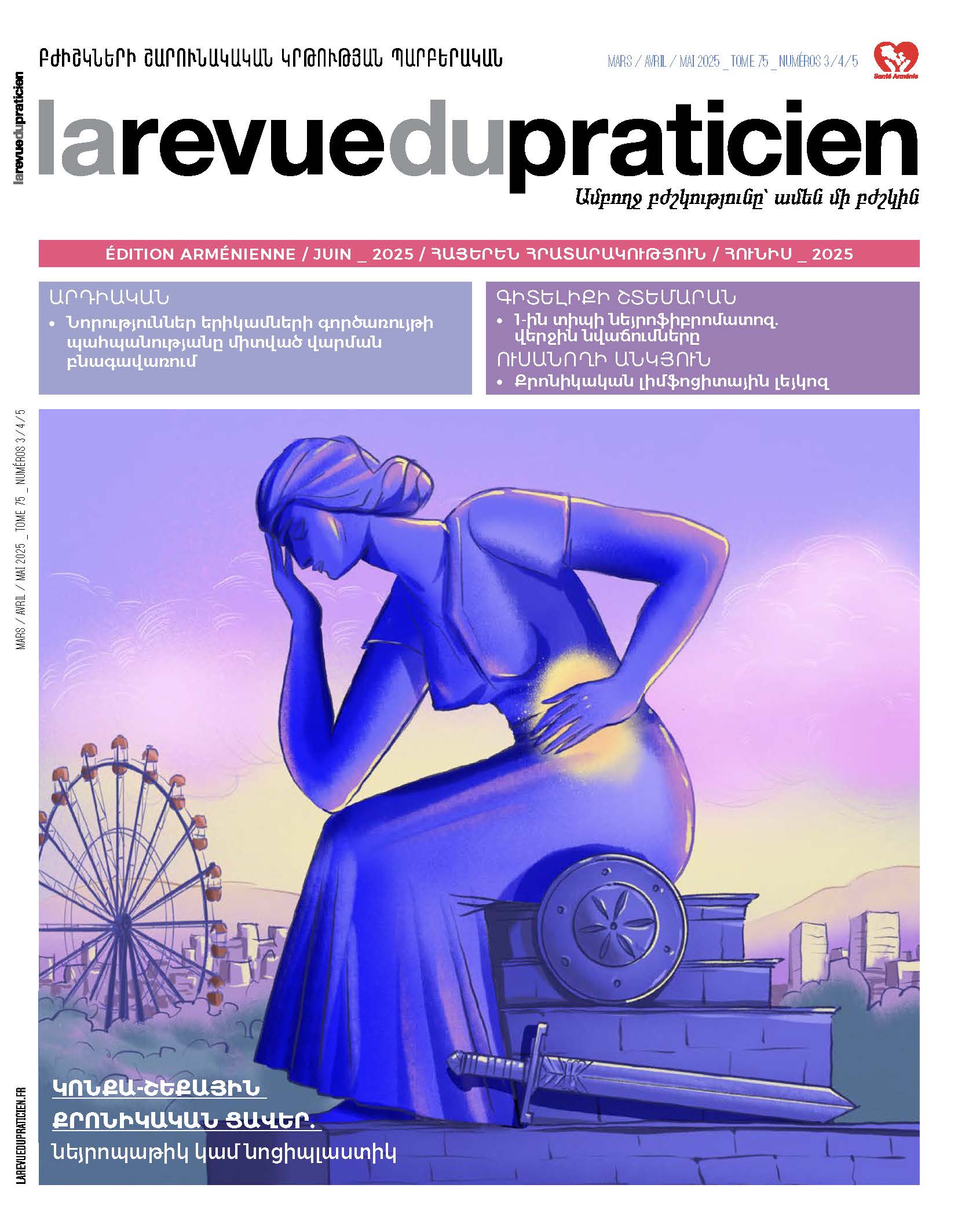Pelvic-perineal muscle pain syndromes 62
Véronique Bonniaud.Abstract
The search for muscle pain in the lower abdominal, gluteal and perineal regions is part of the systematic clinical examination of all pelvic perineal pain. These points of muscle hypersensitivity are very frequent, can be accompanied by pain projected in the territories of nerves of thoraco-lumbar and/or sacred origin. The interrogation and a careful clinical examination allow the diagnosis of projected pain, in the syndrome of the thoracolumbar hinge and in the myofascial syndromes of the pelvitrochanterian muscles, psoas and levator ani. The finding of a muscle component during chronic pelviperineal pain must have therapeutic consequences. Physiotherapy is part of a multidisciplinary therapeutic strategy for chronic pain.
